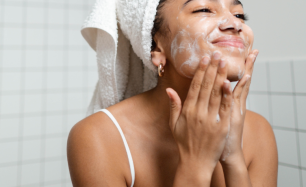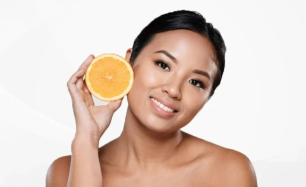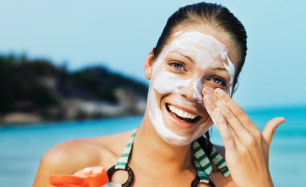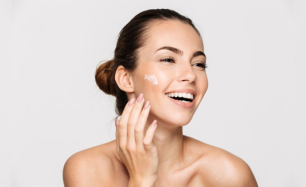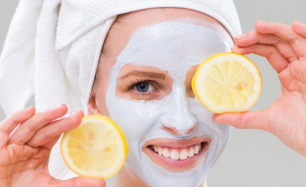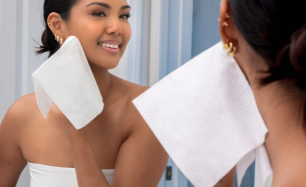Debunking DIY Skincare Myths: What to Avoid for Healthy Skin
DIY skincare has exploded in popularity, especially with the rise of social media trends and natural beauty movements. From kitchen remedies to Pinterest recipes, there’s no shortage of at-home skincare hacks that promise glowing, flawless skin using ingredients you already have in your pantry.
But here’s the truth: not everything natural is safe, and not all DIY skincare tips are grounded in science. In fact, many popular homemade remedies can cause irritation, damage your skin barrier, or even lead to long-term skin issues.
Let’s debunk some of the most common DIY skincare myths—and highlight what to avoid to keep your skin healthy, protected, and radiant.

Myth #1: Lemon Juice Brightens Skin and Fades Dark Spots
The truth: Lemon juice is highly acidic (with a pH around 2), which can disrupt your skin’s natural pH balance and cause serious irritation. It may temporarily seem to brighten skin, but it can also lead to chemical burns, redness, and increased sun sensitivity (a condition known as phytophotodermatitis).
What to do instead: Use a product with stabilized vitamin C or niacinamide. These ingredients are clinically proven to fade dark spots and brighten the complexion—without the burn.
Myth #2: Toothpaste Dries Out Pimples
The truth: While toothpaste may contain drying agents like baking soda or hydrogen peroxide, it’s formulated for teeth—not skin. Applying it to breakouts can cause dryness, flaking, chemical irritation, and even chemical burns due to ingredients like menthol or fluoride.
What to do instead: Use a spot treatment with salicylic acid, benzoyl peroxide, or sulfur—formulated specifically for acne and tested for safety on facial skin.
Myth #3: Coconut Oil Is the Ultimate Moisturizer
The truth: Coconut oil has some antibacterial and moisturizing properties, but it’s highly comedogenic, meaning it clogs pores—especially for those with oily or acne-prone skin. Using it on your face can lead to blackheads and breakouts.
What to do instead: Reach for non-comedogenic oils like jojoba or squalane, or use moisturizers that contain ceramides and hyaluronic acid for hydration without the risk of congestion.
Myth #4: Baking Soda Makes a Great Exfoliator or Cleanser
The truth: Baking soda has an alkaline pH of around 9, which severely disrupts your skin’s natural acid mantle (which sits around 4.5–5.5). Regular use can lead to dryness, sensitivity, and a weakened skin barrier.
What to do instead: Opt for gentle exfoliants like lactic acid or mandelic acid, or use enzyme-based exfoliators for sensitive skin. If you’re looking for a cleanser, choose one that respects your skin’s pH balance and contains soothing, hydrating ingredients.
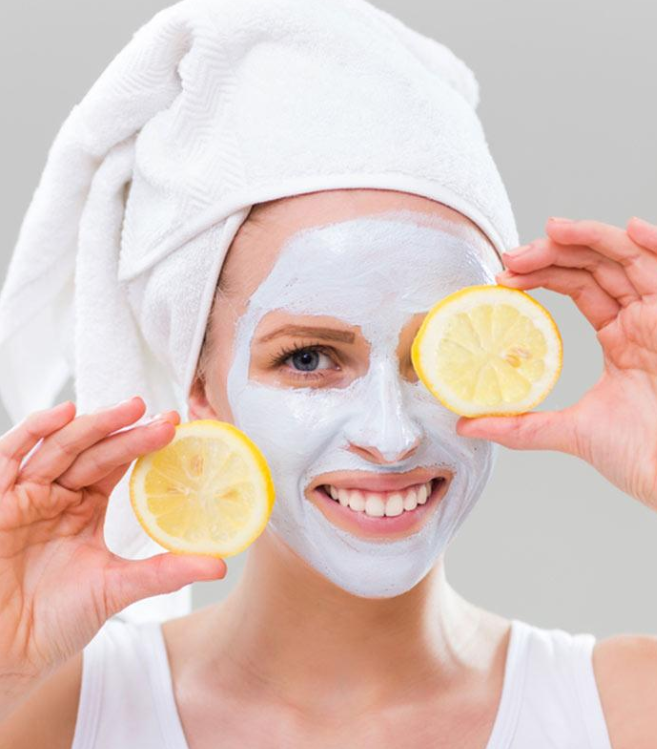
Myth #5: Apple Cider Vinegar Can Cure Acne and Tighten Pores
The truth: Like lemon juice, apple cider vinegar is acidic and can cause burns, irritation, and increased sensitivity—especially when applied undiluted. It’s not a safe or reliable acne treatment, and it can do more harm than good.
What to do instead: Use proven pore-refining ingredients like niacinamide, clay masks, or salicylic acid. These options help reduce oil and unclog pores without compromising your skin’s integrity.
Myth #6: Egg Whites Tighten the Skin
The truth: Egg whites may provide a temporary tightening effect, but they don’t offer lasting benefits. More importantly, raw eggs pose a risk of salmonella contamination, which can be transmitted through small cuts or abrasions on the skin.
What to do instead: Use peptide-based serums or firming creams with ingredients like retinol and collagen-boosting actives for long-term skin-tightening effects.

Myth #7: Natural Always Means Safer
The truth: Just because an ingredient is “natural” doesn’t mean it’s safe or effective for your skin. Essential oils, fruit acids, and raw botanicals can be highly sensitizing, allergenic, or cause phototoxic reactions—especially when used without proper dilution or testing.
What to do instead: Trust well-formulated skincare products that contain both natural and synthetic ingredients in safe, tested concentrations. Always patch-test new ingredients and consult a dermatologist if you have sensitive or reactive skin.
Final Thoughts: Keep DIY Safe and Simple
It’s totally understandable to want simple, natural solutions for your skin—but healthy skincare starts with facts, not fads. While DIY skincare can be fun and affordable, it’s important to approach it with caution. The wrong ingredients can cause more damage than good, leading to setbacks in your skincare journey.
Stick to science-backed products and use DIY only when it’s safe—like oatmeal masks for calming or honey for gentle hydration. When in doubt, consult skincare professionals or rely on dermatologist-approved formulations.
Your skin deserves care, not experimentation.
